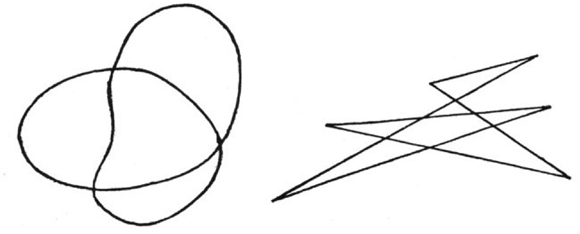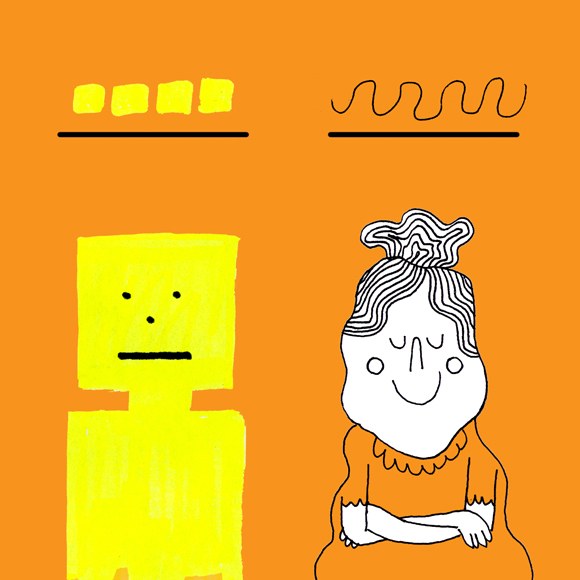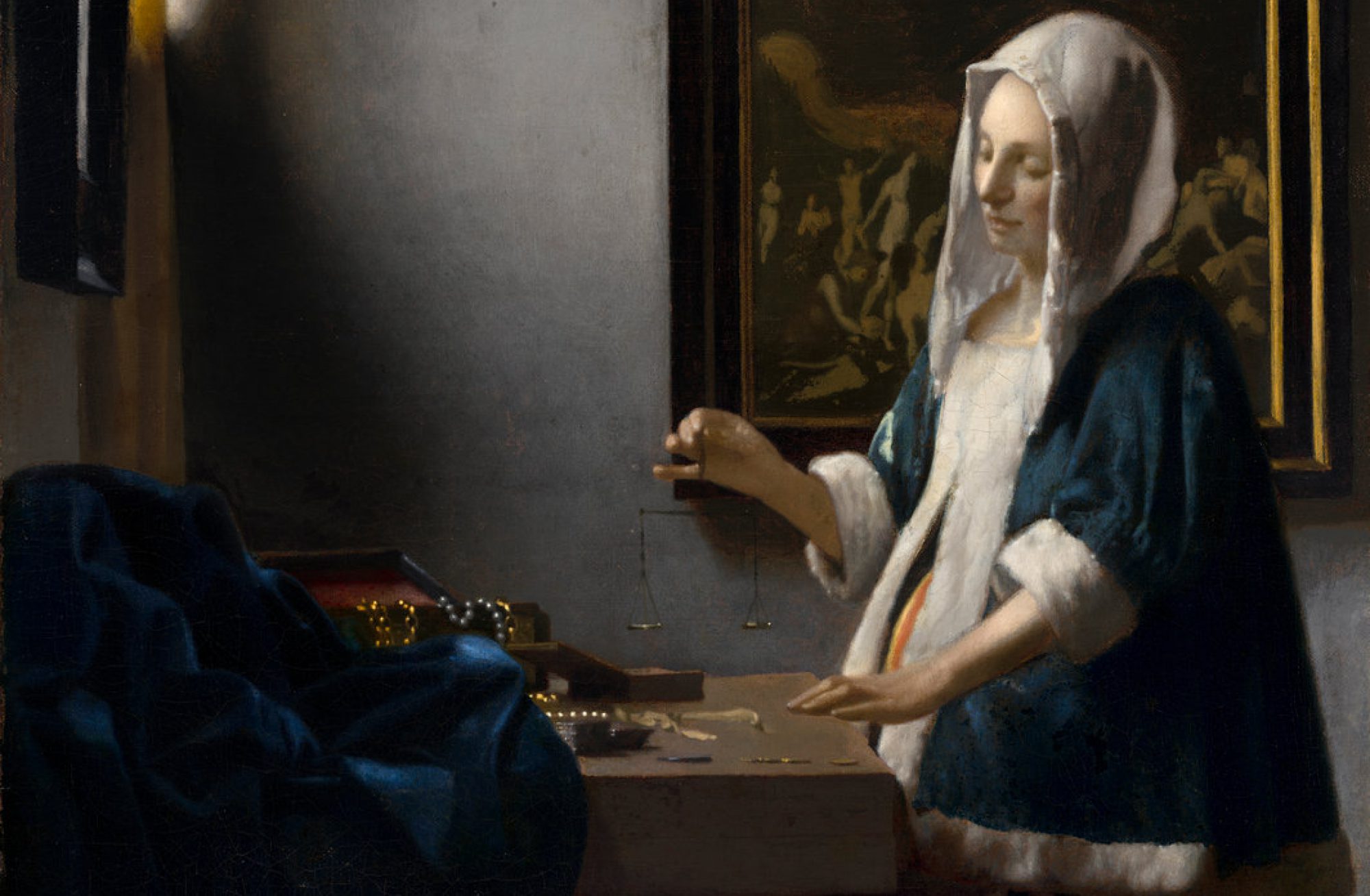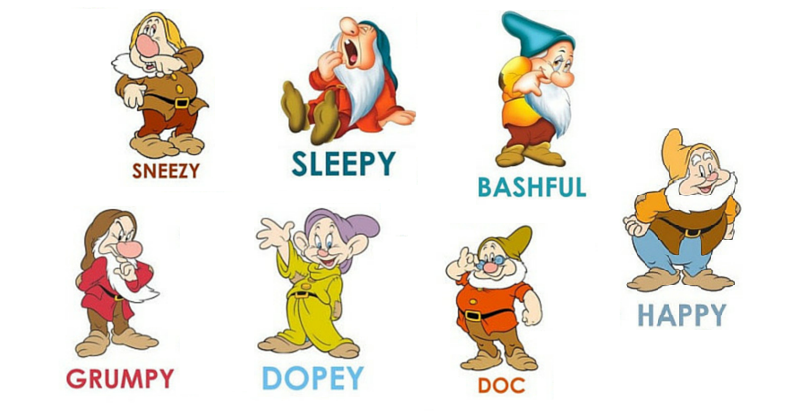
These seven little guys offer interesting clues to the way various languages have come up with different names for each and every one of them, providing interesting insights into whether or not – or to what degree – the sound symbolism (also known as phonosemantics or phonoesthesia), which is unique to each language, has been taken into account.
In the original Märchen by the Brothers Grimm, the dwarfs did feature in the story but remained nameless. If the information I have gathered is correct, the dwarfs were first named individually in a 1912 Broadway play as Blick, Flick, Glick, Snick, Plick, Whick and Quee.
While the first six names present the same short vowel giving the idea of someone small, brisk and swift (which the Disney characters don’t necessarily embody), Quee‘s longer vowel (presumably the odd man out, i.e., Dopey) conveys sluggishness and possibly childlike cuteness.
Disney’s 1937 version upsets the monotone by attaching instead a quality to each character. That being said, onomatopoeias are still at work with the grating ‘gr-‘ sound in Grumpy or the mellifluous diphthong in Dopey.
Let’s see what strategies other languages have resorted to in a bid to translate the names of the seven dwarfs. French has seemingly- and plainly – emulated English in its attempt to attach a personal trait to each character except for Atchoum, which is onomatopoeic.
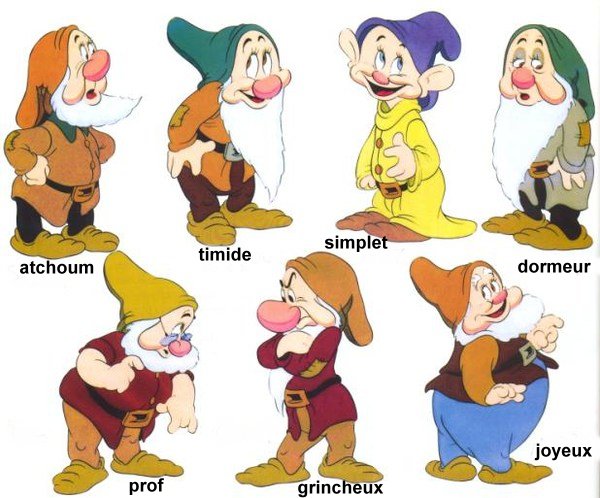
Quite interestingly, Italian does not make use of any onomatopoeias, though the sound symbolism is brought forth by the very repetition of the round ‘o‘ sound which may reflect the chubby, roundish appearance of some of the dwarfs. Italian children would probably need to be taught about the meaning of Eolo (Aeolus, the mythological keeper of the winds, i.e., Sneezy) and I suspect the exact meaning of Gongolo (from the verb gongolare) would be a fuzzy notion to most young Italian speakers. And while Treccani features a highly elaborate explanation of the origin of this word, I believe its sound may in fact conjure up the gurgling sound babies make as they are being happily nursed. That’s at least my take on it.

In addition, I think Italian has outdone the other Romance languages by avoiding using ‘timido’ when translating ‘Bashful’. Mammolo has a softer sound to it with the three bilabials and the round vowels reflect that, too. While most Italian-speaking children will instantly think of ‘mamma’ or ‘mama’s boy’, the name actually refers to ‘viola mammola’ (shrinking violet).
Unlike English or Italian, neither Spanish nor Portuguese (with the odd Dengoso in its Brazilian variant, which is closer in meaning to ‘coy’ or even ‘squeamish’ than ‘bashful’) seem to have bothered to maintain a certain assonance in choosing the names for the dwarfs.
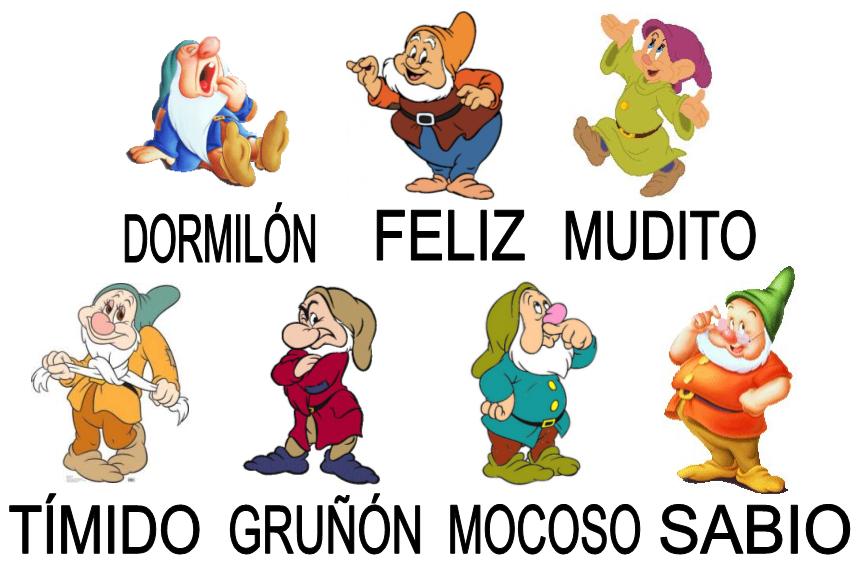
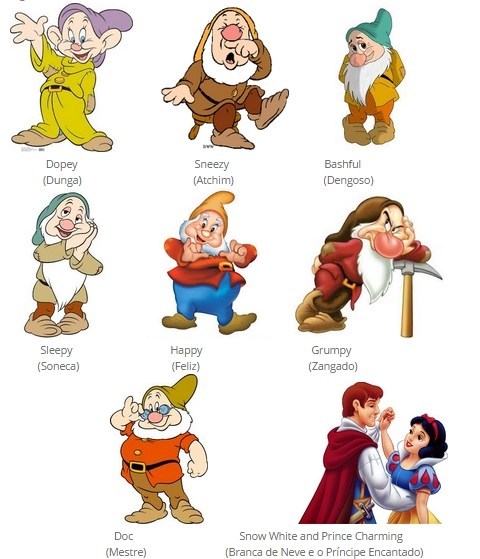
By contrast, I quite like the way Swedish and Dutch have been more resourceful, coming up with repeated patterns and diminutives. In Dutch, there are four names ending in -el and two in -je/ie
- Bloosje: Bashful (‘Blushy’)
- Doc: Doc
- Dommel: Sleepy
- Giechel: Happy
- Grumpie: Grumpy
- Niezel: Sneezy
- Stoetel: Dopey
Swedish has rhyming (and fanciful) names (but for Prosit): Butter, Trötter , Prosit, Glader, Blyger, Toker and Kloker, whereas Danish, for instance, has Brille, Søvnig, Flovmand, Prosit, Gnavpot, Lystig, og Dumpe. By retrieving a less commonly used suffix, Swedish has thus succeeded in providing plenty of room for word play and rhymes.
Phonetic symbolism is a potent tool for writers and should not be overlooked by translators since sounds convey symbolic ideas beyond the meaning of the words they generate. Sounds learned and mimicked at a very young age can stir deeply entrenched emotions within us, yet we can also take a liking to foreign sounds and decide which sounds, words or names are more or less appealing to us. So, while Gongolo or Bashful hit close to home and Happy or Feliz sound kind of flattish to me, I’m instinctively taken by the Dutch Bloosje, but remain tone-deaf to the French Simplet.
As a final experiment, you may want to try and come up with two names for these two sets of pictures. You might be in for a nice surprise.
